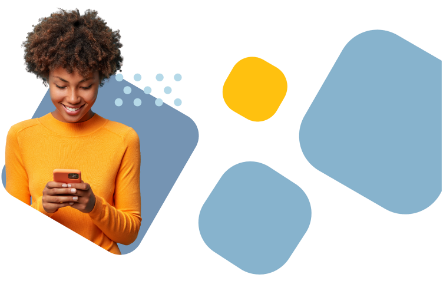Employee training is not a one-size-fits-all solution. Each of your employees is a unique individual, and each has their own style of learning. In order to provide them with the best training experience possible, and give them the best chance for success, take learning diversity into consideration when designing your training program.
Discover Your Employees’ Learning Styles
Before preparing an employee training solution that applies to the widest range of learners in your organization, it’s important to understand how learning diversity affects your employees. While you may already be familiar with the three most common learning styles, there are additional learning methods that you may want to keep in mind.
Most common learning styles – While everyone has a different style of learning, most people will fit into one of the following three categories:
- Auditory or verbal – Learn best through listening and speaking.
- Visual – Learn best by seeing, reading, and watching.
- Kinesthetic or physical – Learn best through a hands-on approach.
Additional learning styles – There are several other styles that may overlap these original, most common learning styles:
- Aural – More than just speaking and listening, these learners prefer sounds and music.
- Logical – These learners prefer to use logic and reasoning.
- Social – Social learners learn best alongside others or in group settings.
- Solitary – These learners prefer to work alone.
How to Reach All Learners with Your LMS
Once you’ve familiarized yourself with the possible learning styles your employees may prefer, you can start to evaluate the options you have available to you while building out your employee training program. A learning management system (LMS) allows for a wide range of options that cover learning diversity among your employees. While every module and training may not appeal to everyone’s style of learning, taking advantage of the variety of features your LMS offers will provide the best possible training opportunities for the majority of your employees.
Here are a few ways you can use your LMS to reach multiple employees’ learning style:
Video modules: The first thing everyone thinks of when they think of eLearning is video training modules. The great thing about these is they can apply to multiple learning styles at once – verbal, visual, and, depending how they’re formatted even aural, logical, and solitary learners can appreciate these. Some companies have even developed video styles that draw out the subject as it’s being discussed, giving learners a visual to follow and the ability to see what they’re hearing at the same time, increasing their understanding of the content.
Documents/PowerPoints: Uploading your own documents and PowerPoints will give visual learners something to read and comprehend better than listening to a narrator or lecturer. For the auditory learners, you can add an audio track to narrate the text and increase their comprehension as well.
On-the-Job (OJT) training: For the kinesthetic or physical learners, nothing can replace hands-on learning. This is why it is best to develop a blended learning approach to your training program, and plan to break up time spent in the LMS with OJT. For the best results, try to pair LMS modules with OJT, so learners can apply what they’ve just been watching or listening about to what they are now experiencing hands-on.
Quizzes and exams: Following up any trainings – in the LMS or hands-on – with quizzes and exams is a good way to reinforce knowledge for any learners. It helps you understand where skill gaps might exist, and it can also help learners understand what you see as the key points in their training.
Blended Learning with trainingGrid®
With the trainingGrid® LMS, you can adapt to the learning diversity among your staff. trainingGrid® is a learning management system developed with you and your employees in mind. Its intuitive design makes learning management simple and allows employees to begin training with just a click. This flexible system comes with a variety of robust features customizable to fit your needs in addition to built-in reporting and certification tools that track your compliance documentation.





